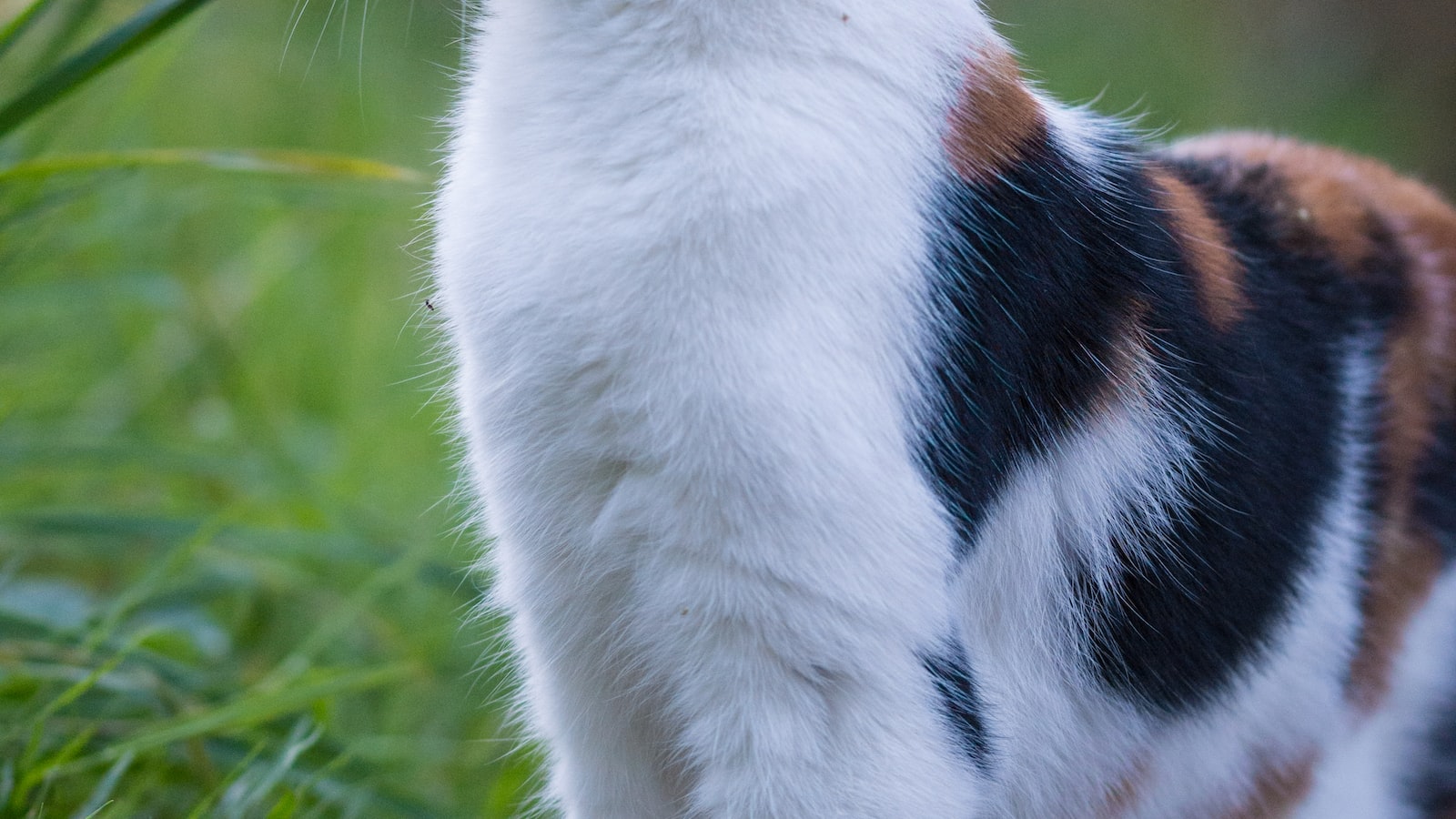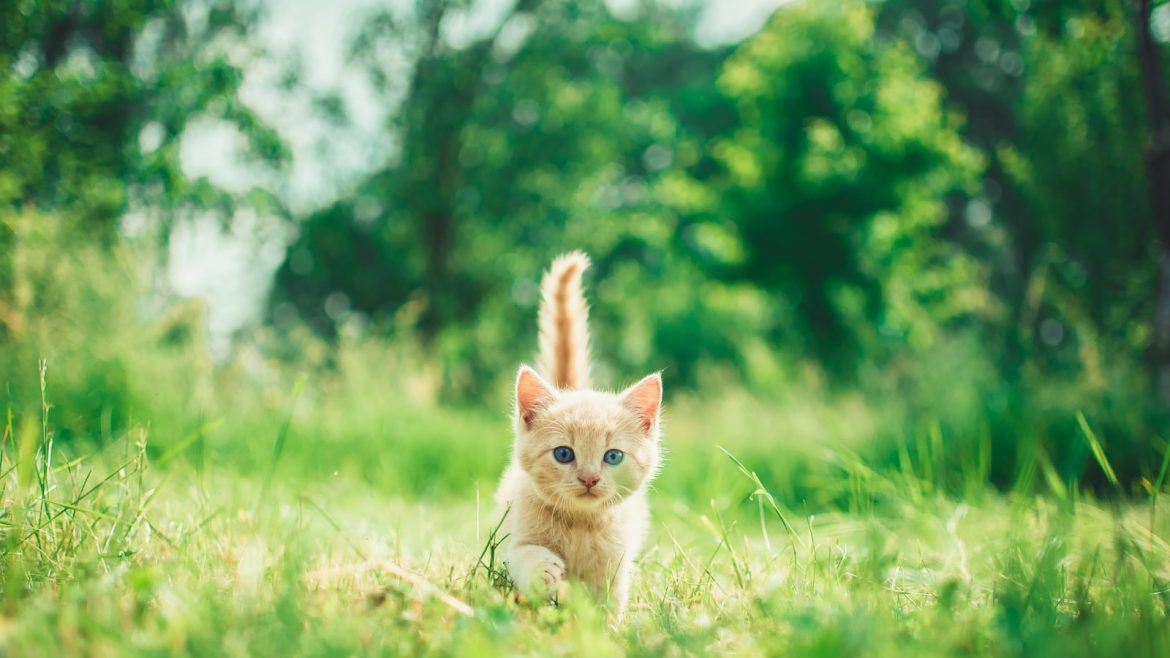Claws sharpened to perfection, determined eyes fixed on the unsuspecting furniture, and an irresistible urge to scratch – yes, we’re talking about our feline friends and their infamous love affair with our cherished couches and ornate trim. As cat owners, we find ourselves caught in a delicate dance between preserving our beloved furnishings and allowing our furry companions to express their natural instincts. Fear not, for this article is here to unravel the mystery of managing cat scratching. With a pinch of creativity, a sprinkle of patience, and a dollop of ingenious techniques, we will discover a harmonious balance where furniture can be salvaged, trim can remain intact, and our purring pals can relish their scratching adventures to their heart’s content. So, let us embark on this quest to protect our valuables while still satisfying our feline friends’ insatiable scratching cravings.
Prioritizing Cat’s Needs: Understanding the Reasons Behind Scratching Behavior
Your furry feline companion’s scratching behavior may sometimes leave you puzzled but fear not, for there are valid reasons behind their curious obsession. By gaining insight into the motives behind this seemingly destructive habit, you can better prioritize your cat’s needs and promote a harmonious environment for both of you to enjoy.
The Instinctual Urge:
Cats have an innate need to scratch, stemming from their evolutionary instincts. Scratching helps them stretch their muscles, maintain flexibility, and shed the outer layers of their claws. It’s their way of sharpening their tools for survival, just as their ancestors did in the wild. Understanding this primal instinct is crucial in providing your cat with appropriate outlets for this behavior.
Marking Territory:
Believe it or not, your cat’s scratching habits play a vital role in marking their territory. They possess scent glands on their paws, and by scratching vertical surfaces such as furniture or scratching posts, they deposit their own unique scent. This territorial marking not only communicates their ownership but also provides them with a sense of security and familiarity in their environment.

Preventing Furniture Destruction: Proactive Approaches and Deterrents
Keeping your furniture safe from the clutches of destruction requires a proactive mindset and the right deterrents. Fortunately, there are several creative ways to protect your precious pieces, ensuring they stand the test of time. Here are some tried-and-true methods to keep your furniture intact:
- Invest in scratch-resistant materials: Opt for furniture crafted with durable materials like leather, microfiber, or tightly woven fabrics. These materials are less prone to scratches and can withstand the occasional swipe from curious paws.
- Provide alternative surfaces: Channel your feline friend’s natural scratching instincts by offering designated scratching posts or pads. Wrapped in enticing sisal rope or carpet, these alternatives will divert their attention from your beloved couch.
- Apply deterrent sprays: Unleash the power of scent to discourage your furry friends from exploring forbidden places. Utilize pet-friendly deterrent sprays that have a distinct aroma cats find unappealing, signaling them to steer clear of your furniture.
Remember, prevention is key when it comes to preserving your furniture’s pristine condition. By implementing these innovative approaches, you’ll create a harmonious home where both your pets and furniture can coexist peacefully for years to come.
Redirecting Cat’s Scratching: Effective Training Techniques and Substitutes
When it comes to redirecting your feline friend’s scratching instincts, it’s important to remember that a little training can go a long way. Instead of resorting to declawing, which is both painful and unnecessary, there are numerous effective techniques and substitutes to keep your furniture safe while satisfying your cat’s natural behavior.
1. Provide a variety of scratching posts: Cats love options! Offer different types of scratching posts, such as vertical, horizontal, or slanted ones. This allows your cat to find the perfect scratching angle. Make sure to choose posts with different textures like sisal, cardboard, or carpet to mimic various surfaces your cat may be inclined to scratch.
2. Invest in interactive toys: Engaging your cat in playtime is an excellent way to keep them active and redirect their scratching habits. Interactive toys, such as puzzle feeders or treat-dispensing balls, not only provide mental stimulation but also help burn off excess energy. Play with your cat regularly to keep them entertained and reinforce positive scratching behavior.
3. Use pheromone-based sprays or diffusers: Cat pheromones can be a powerful tool in redirecting your cat’s scratching urges. Spraying a pheromone-based spray on areas you want to protect, or using a diffuser in the vicinity, can help create a calming environment and discourage destructive scratching. Remember to consult with your vet to find the right pheromone product for your cat’s specific needs.
Maintaining a Cat-Friendly Environment: Creating a Safe Haven for Both Your Feline and Furniture
Creating a cat-friendly environment not only ensures the well-being of your feline friend but also helps protect your furniture from their natural instincts. By providing a safe haven for your cat, you can foster a harmonious living space where they can feel content and cherished. Here are some essential tips to help you maintain a cat-friendly environment:
- Invest in scratching posts: Cats have a natural instinct to scratch, which can lead to damage on your furniture. To prevent this, provide sturdy and tall scratching posts covered with sisal rope or carpet.
- Provide cozy hiding spots: Cats love to have their own private sanctuary where they can retreat and feel safe. Set up cozy hideaways such as covered cat beds or cardboard boxes to satisfy their natural desire for security.
- Use vertical space: Cats are climbers by nature, so utilizing vertical space in your home is crucial. Install cat shelves or perches on the walls to give your feline companion elevated spots to survey their territory.
- Ensure litter box accessibility: Cats are clean animals and having a proper litter box setup is vital. Place multiple litter boxes in quiet and easily accessible areas, ensuring they are cleaned regularly to maintain a fresh environment.
Remember, creating a cat-friendly environment requires finding a balance between their natural instincts and your home’s needs. By incorporating these tips, you can create a safe haven for your feline while preserving the longevity of your furniture. Embrace the joy of coexisting with your furry companion by curating an environment that allows them to thrive and be their authentic selves.
To Wrap It Up
In conclusion, dear cat lovers, we don’t have to surrender our beautiful furniture to the claws of our beloved feline friends. You now possess a plethora of tricks up your sleeve to manage cat scratching without sacrificing style or sanity. Remember, with a little patience and creativity, you can create a harmonious space that both you and your furry companion can enjoy.
Pawsitive reinforcement and diversion techniques are fantastic tools to redirect your cat’s natural scratching behavior. Offer them enticing alternatives like scratching posts or pads, adorned with a sprinkle of catnip to make it irresistible. Join forces with gravity and secure these cat-approved territories in strategic locations throughout your home, ensuring that your furniture is no longer the primary target.
Soft paws and nail trimming may sound like they are straight out of a cat spa, but trust me, they are game changers. These gentle methods can help reduce the damage caused by sharp claws while prioritizing your cat’s comfort. And hey, who doesn’t love a little pampering every now and then?
Covering your furniture and trim with protective materials not only shields them from those sharp kitty weapons but also adds a touch of style to your decor. Get crafty and unleash your inner designer by selecting fabrics or coverings that seamlessly blend with your existing aesthetic. Show your creative prowess and transform your home into a feline-friendly haven.
Lastly, never forget the significance of proper communication and understanding between you and your feline friend. Establishing boundaries, using positive reinforcement, and being consistent in your approach will go a long way in managing their scratching instincts. Remember, cats scratch for various reasons, and it’s essential to decipher the underlying motivations behind their behavior.
So, grab your tools of diversion, equip yourselves with the knowledge of proper nail care, and channel your inner interior designer. By implementing these tips and tricks, you create a haven where your furniture remains unscathed, your cat remains happy and content, and the bond between you and your feline friend grows stronger.
In this game of cat-and-furniture, you now hold the winning hand. Take charge, embrace the challenge, and let your creativity shine, for managing cat scratching is not an insurmountable task. With these ingenious methods, you can protect your furniture while cherishing the love and companionship only a cat can offer.
Whether you are considering bringing a cat into your home or have already welcomed one, it is important to know how to properly manage cat scratching. Not only is it natural and necessary for cats, allowing them to groom their claws and mark their territory, but it can also be destructive to furniture and trim. To protect your beloved possessions and make them more amenable to your pet’s scratching needs, here are a few helpful tips.
First, create a safe scratching zone for your cat. Place the scratching post in the area your cat likes to frequent, then encourage them to use it by spraying an enticing scent on the post. Provide rewards for using the post by offering treats or toys. Additionally, make sure to frequently trim their claws to avoid damage to your furniture.
Keep in mind that—in the grand scheme of things—cats cannot seem to help themselves. If they cannot help but scratch at the furniture, they may need more of a deterrent. Place double-sided tape, cardboard strips, or a plastic carpet runner—upside down, rubber side up—on the parts of furniture that your cat is intent on scratching.
Also remember to remain aware of what products are on or around the furniture, as some furniture polishes and other materials can be dangerous to cats if ingested. If needed, cover the surface with a throw or blanket to protect from further damage.
Last but not least, do not forget to shower your cat with plenty of playful attention. If your cat is getting enough attention and affection, they may be less likely to indulge in destructive behavior. Consider having cat toys, playtime, or posts near you to prevent furniture scratching.
In conclusion, it is important to keep in mind that cat scratching is part of your pet’s nature. By providing opportunities for them to scratch in acceptable ways and by discouraging destructive behaviors, you can avoid unnecessary damage to your furniture and trim.





